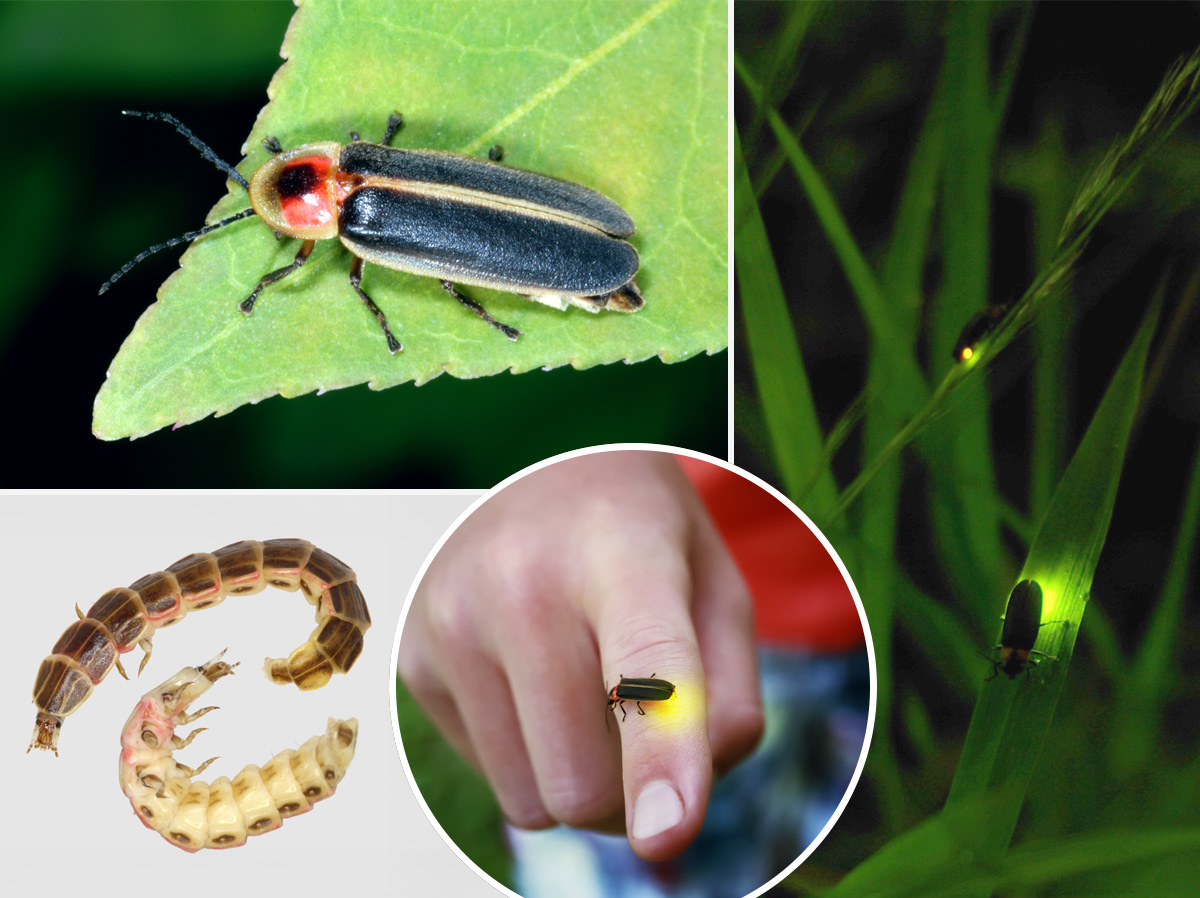
By Kait Chapman, Extension Educator in Lancaster County
Summertime evenings and nights are a great time to enjoy nature’s light show: fireflies. Also sometimes called “lightning bugs,” fireflies are neither flies nor true bugs — they are beetles that have a magnificent way of communicating with one another using bioluminescence. The glow from a firefly’s abdomen comes from a chemical reaction involving luciferin and the enzyme luciferase. Those combined with oxygen allow fireflies to send signals, primarily to attract their mates. In fact, different species of fireflies have different flashing patterns, allowing the insects to be able to find another of their kind.
Fireflies spend most of their lives in the larval stage as voracious predators, feeding on soft-bodied invertebrates like snails, slugs and worms. And, depending on the species, the adults can be short-lived, and some may not eat at all.
Unfortunately, fireflies are in decline in many parts of the world, including the United States. Habitat loss, pesticide use and light pollution are key factors in this decline. Fireflies rely on dark habitats to see each other’s flashes, and artificial lights from homes, buildings and streetlamps can interfere with this communication.
You can support fireflies in your yard by:
• Reducing light pollution by turning off your porch or deck lights.
• Reducing the use of insecticides in your lawn or landscape.
• Creating habitat for firefly larvae by leaving leaf litter that offers them shelter in the fall and winter.
• Planting native plants that support a wider range of insects.
Fireflies are more than just a pretty light show — they’re indicators of healthy ecosystems and treasured symbols of summertime. And not only that, but they’re also a great tool for families to go outdoors, enjoy nature’s light show and learn about insects.